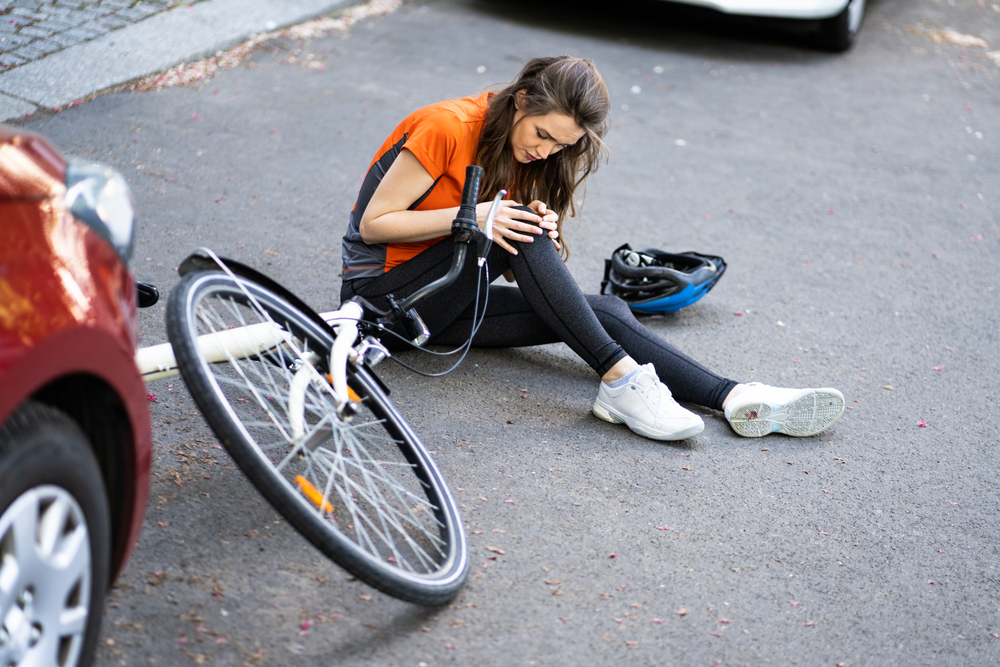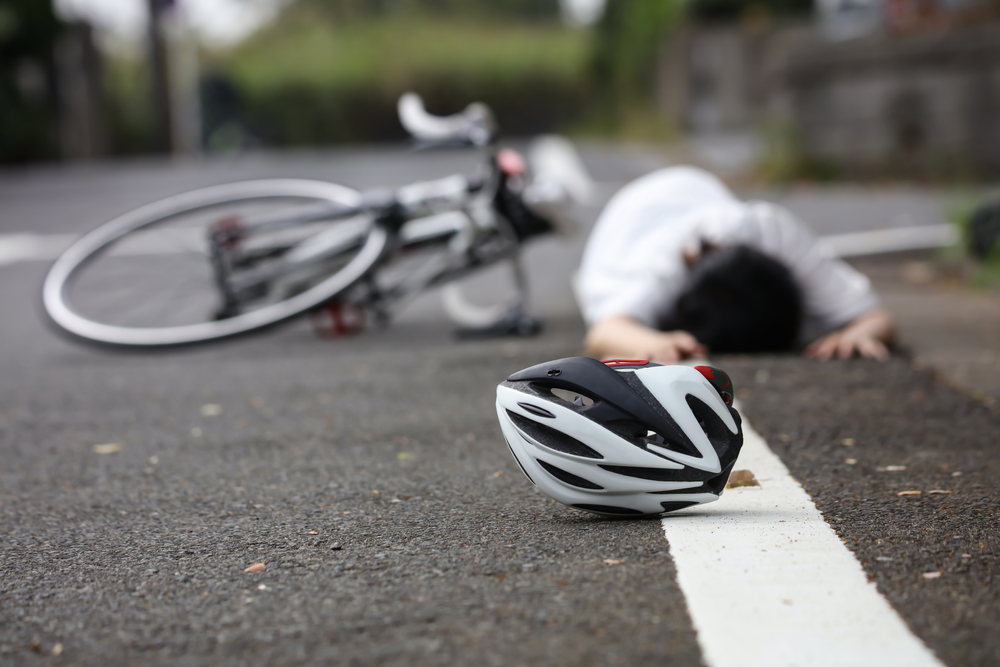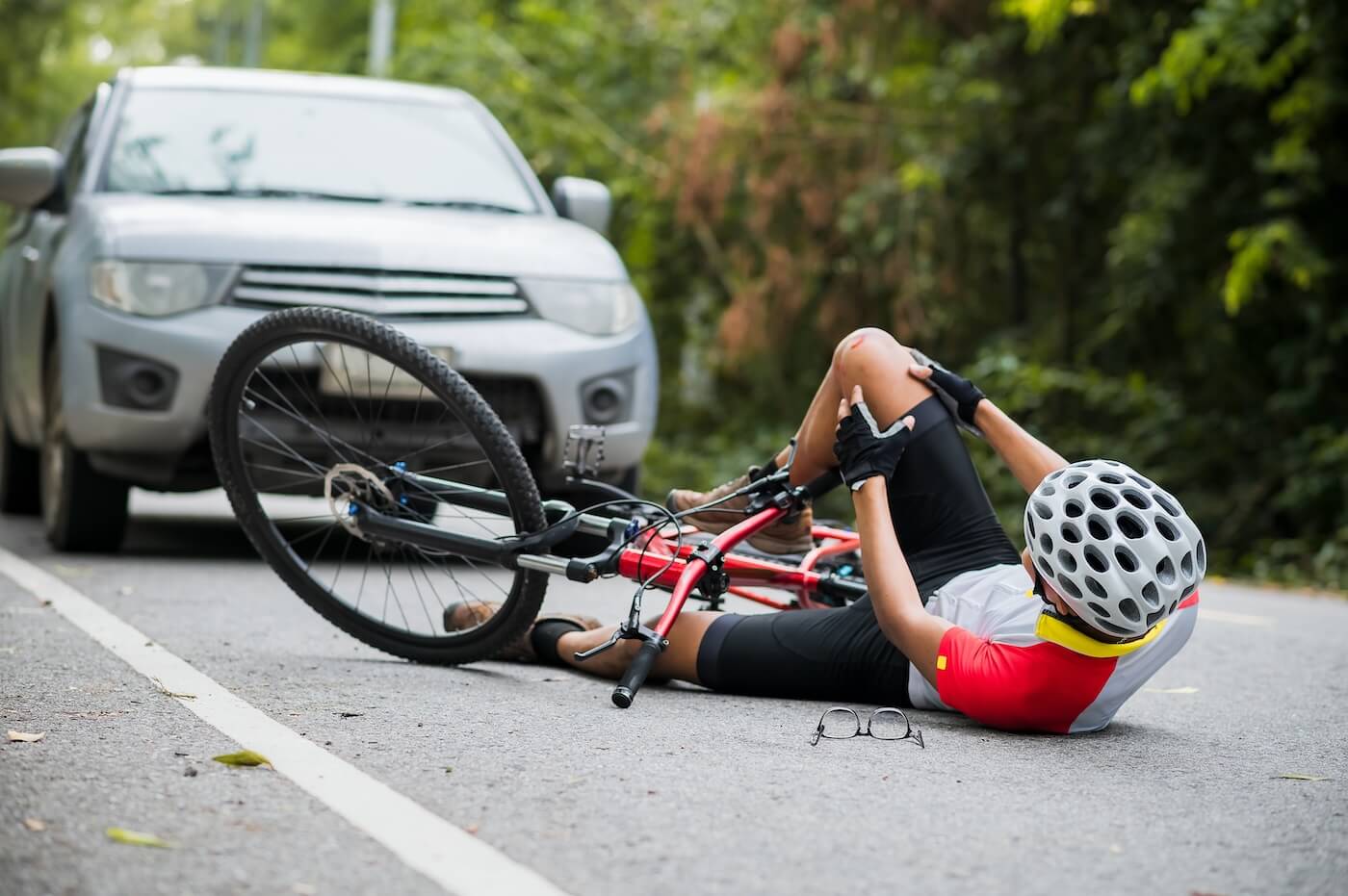When Is a Cyclist Considered at Fault in a Crash?

Written by Molly A. Ullrich

When you’re involved in a crash as a cyclist, understanding when you might be at fault is crucial. A cyclist is typically considered at fault if they violate traffic laws, such as running a red light, riding against traffic, or failing to yield the right of way.
Fault can also depend on factors like distracted riding, riding without proper signals, or not using required safety equipment. Knowing these details helps you protect your rights and handle the situation properly if an accident occurs.
Understanding Fault in Bicycle Accidents
Definition and Importance of Fault in Traffic Accidents
Fault means responsibility for causing the accident. It is established by evaluating actions that led to the crash. You need to understand fault because it impacts claims and legal outcomes. If you are found at fault, you may face financial liability for damages.
Fault is often based on traffic laws, eyewitness reports, and evidence. Proper documentation can help prove or disprove fault.
General Rules About Fault and How It Applies to Cyclists
Cyclists must follow the same traffic laws as drivers, such as stopping at signals, yielding the right of way, and using bike lanes when required. Fault can be assigned if you ignore the rules or ride negligently. However, drivers can also be at fault for failing to see or yield to cyclists.
In many cases, fault is shared. You may be partially responsible if you behave unsafely, even if the driver also made a mistake. Keeping clear records and witness statements can help clarify fault when accidents occur.
Scenarios Where a Cyclist May Be at Fault
Breaking Traffic Rules
If you ignore traffic laws by running red lights, disobeying stop signs, or failing to signal turns, you can be held responsible in a crash. For example, entering an intersection on a red light and colliding with a vehicle legally passing through indicates fault on your part.
Cyclists must follow the same road rules as motorists. Riding against traffic flow or not using bike lanes where required can also increase your liability. Proper signaling, obeying speed limits, and yielding the right of way are essential to avoid fault claims.
Riding Under the Influence of Alcohol or Drugs
Operating your bike while impaired by alcohol or drugs significantly raises your chances of being found at fault. Your ability to control the bicycle, react to hazards, and make safe decisions diminishes, leading to higher crash risks.
Legal limits for blood alcohol content (BAC) may apply to cyclists in many jurisdictions. If you crash while intoxicated, the impairment often constitutes negligence, which courts recognize as a key factor in assigning fault to you.
Cyclists’ Duty of Care and Negligence
You owe a duty of care to others on the road, including drivers, pedestrians, and fellow cyclists. Failing to keep a proper lookout, riding aggressively, or making sudden, unsafe maneuvers can be seen as negligence.
If your actions fall short of what a reasonable cyclist would do in the same situation, you may be considered negligent and responsible for a crash. Documenting clear evidence of your careful behavior can help protect you, but failure to act prudently is a common basis for fault.
Legal Implications When a Cyclist Is at Fault
Understanding Legal Liability and Consequences
If you cause a crash, you may be held legally liable for damages and injuries. Liability depends on proving your negligence or rule violations, such as running a red light or failing to yield.
Being at fault can lead to civil lawsuits where you might have to pay for medical bills, property damage, and other losses. In some cases, criminal charges like reckless cycling or DUI can apply if the laws were seriously broken.
Your actions are documented through police reports, witness statements, and sometimes video evidence. These determine fault and impact potential penalties and compensation requirements.
The Role of Insurance in Accidents Involving Cyclists
Your insurance, such as a homeowner’s or renter’s policy, may cover some damages if you’re at fault, but cyclists often lack dedicated bike insurance. Drivers’ auto insurance may cover claims if you are struck as a pedestrian or cyclist, but if you caused the crash, you likely won’t be protected by their policies.
If you carry specific bicycle insurance or personal liability insurance, it can help cover legal fees and damages. Without proper insurance, you may have to pay out of pocket for compensation and legal expenses. Always report crashes to the police and your insurer immediately. Delays or omissions can affect claim processing and your ability to defend yourself legally.

Actions to Take After a Bicycle-Car Collision
Immediate Actions for Cyclists and Drivers
First, ensure everyone’s safety by moving to a secure location if possible without worsening injuries. Call emergency services immediately if there are injuries. Avoid admitting fault or making detailed statements at the scene. Instead, focus on exchanging essential information, such as names, contact details, and insurance information.
Check yourself and others for injuries, even if they seem minor. Document visible damage to both the bicycle and vehicle before leaving the scene.
Gathering Evidence and Reporting Accidents
Take photos or videos of the accident site, including road conditions, traffic signs, and vehicle positions. Record the date, time, and weather conditions as they can affect fault determination.
Obtain contact information from witnesses to support your account later. You must file an accident report with local authorities if required by law. This report is crucial for insurance claims and any future legal proceedings.
Keep copies of medical records and repair estimates. Detailed documentation strengthens your case and ensures proper compensation.
How Smith & Weidinger PLLC Can Assist
Smith & Weidinger PLLC helps you navigate legal complexities after a bicycle-car crash. We review evidence, negotiate with insurance companies, and protect your rights throughout the process.
You gain access to resources tailored for cyclists and drivers, including free consultations to understand your options. Our experience ensures you do not face legal challenges alone.
Our firm guides you through settlement offers or court procedures with clear, strategic advice, which can be critical in achieving a fair outcome.
Note: The information provided in this blog post has been compiled from publicly available and secondary sources. While we strive for accuracy, some details may become outdated or contain inadvertent errors. If you believe any information is incorrect or requires updating, please contact Smith & Weidinger so that we may review and make the appropriate corrections.
Disclaimer: This blog post is for informational purposes only and is not intended as a solicitation for business. The photo used is not from the scene of the incident described. Viewing this content does not create an attorney-client relationship with Smith & Weidinger. If you have been injured in an accident, please seek immediate medical attention and then consult with a qualified attorney to discuss your legal rights and options.










